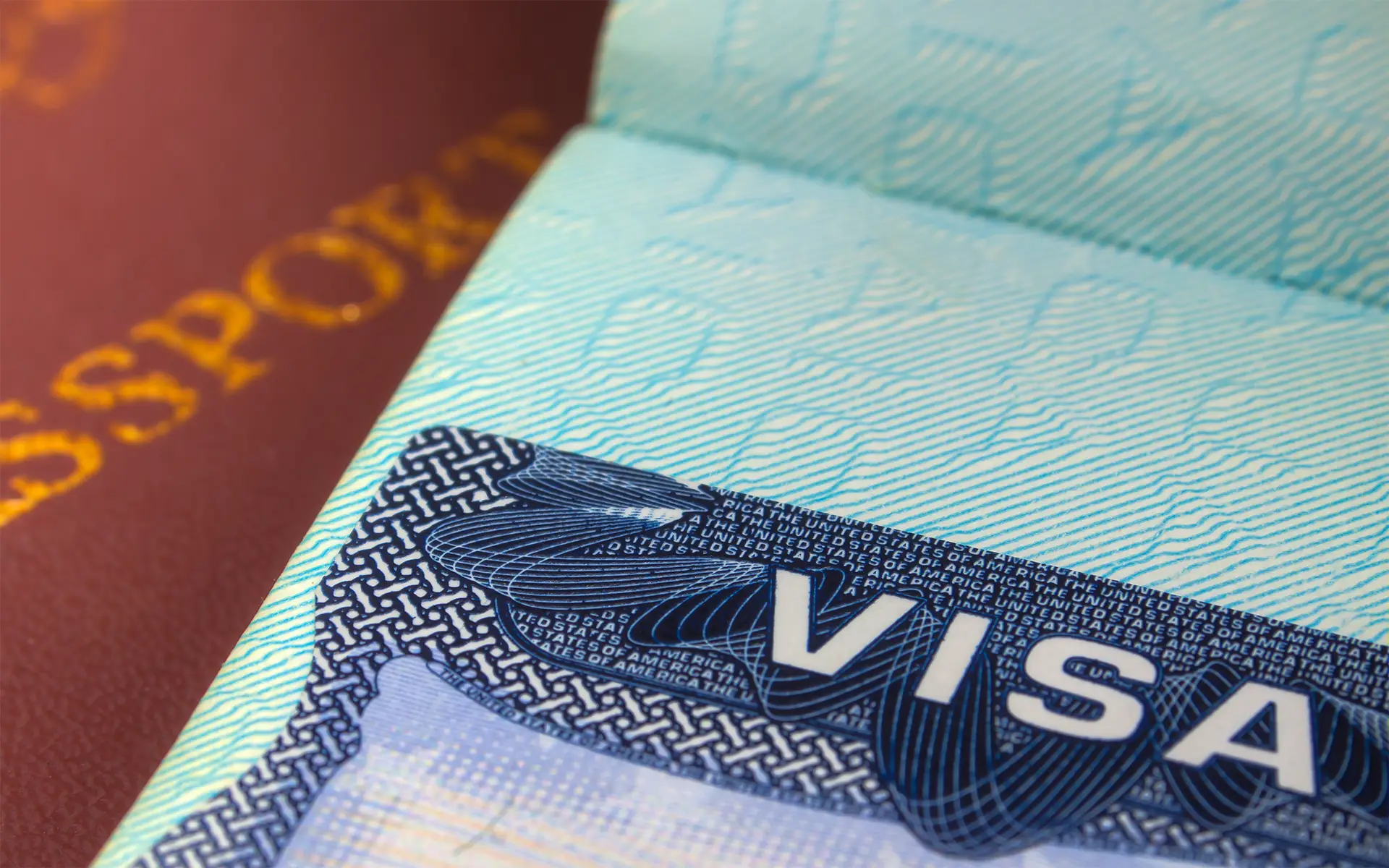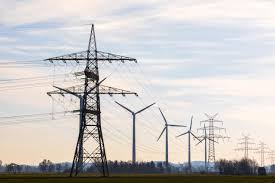In recent years, the fashion industry has undergone a significant transformation, with more and more consumers turning to eco-friendly options. This shift has led to the rise of sustainable fashion brands that prioritize environmental responsibility while offering stylish, high-quality clothing. Sustainable fashion is no longer just a trend but a movement that is reshaping how we think about style and the planet’s future.
What Is Sustainable Fashion?
Sustainable fashion refers to the design, creation, and consumption of clothing that minimizes its environmental impact. This includes using eco-friendly materials, reducing waste, supporting fair labor practices, and ensuring ethical manufacturing processes. Unlike traditional fashion, which is often driven by fast production and consumerism, sustainable fashion emphasizes longevity, quality, and mindfulness.
The fashion industry is one of the largest polluters globally, contributing to issues such as water pollution, carbon emissions, and textile waste. With an estimated 92 million tons of waste produced by the fashion industry annually, there’s a pressing need for change. Sustainables fashion offers a solution to these problems by focusing on practices that are both good for the environment and for the people who make the clothes.
The Benefits of Sustainable Fashion
The rise of eco-friendly fashion brands has brought numerous benefits to both consumers and the planet. Here are some key advantages:
- Reduced Environmental Impact: Sustainable fashion brands often use organic, recycled, or biodegradable materials. By opting for these materials, brands reduce the carbon footprint, water usage, and the overall impact of their production processes.
- Ethical Manufacturing: Many sustainable fashion brands focus on fair trade and ethical labor practices. This ensures workers are treated with respect, paid fairly, and work in safe environments. This is a significant departure from fast fashion brands, which often rely on exploitative labor practices.
- Longevity and Durability: Sustainable clothing is designed to last longer. These brands often produce high-quality items that can withstand wear and tear, reducing the need for frequent replacements. As a result, consumers are investing in pieces that will stand the test of time, both in style and durability.
- Encouraging Mindful Consumption: By supporting eco-friendly fashion, consumers are encouraged to buy less but buy better. Sustainable fashion promotes the idea of investing in timeless pieces that can be worn for years, rather than constantly chasing after the latest trends.
- Support for Local Communities: Many sustainable brands source their materials locally or support smaller-scale manufacturers, contributing to local economies. This helps foster community growth and reduces the carbon emissions associated with shipping goods across long distances.
How to Identify Eco-Friendly Fashion Brands
As the demand for sustainable clothing increases, many brands are jumping on the eco-friendly bandwagon. However, not all of them are truly sustainable. Here’s how you can identify a genuine eco-friendly fashion brand:
- Transparency: A true sustainable brand will be transparent about its practices, materials, and supply chains. Look for brands that share information about where and how their products are made, and what steps they take to minimize their environmental impact.
- Use of Sustainable Materials: Eco-friendly brands often use organic cotton, hemp, bamboo, recycled polyester, or other sustainable fabrics. These materials have a lower environmental impact than conventional options.
- Certifications: Look for certifications such as GOTS (Global Organic Textile Standard), Fair Trade, or B Corp. These certifications are indicators that a brand adheres to strict environmental and ethical standards.
- Waste Reduction: Brands that focus on reducing waste often use innovative techniques like zero-waste design, recycling old garments, or repurposing materials. These practices help minimize textile waste and pollution.
Sustainable Fashion and Consumer Responsibility
As a consumer, your purchasing choices play a significant role in driving the sustainable fashion movement. By choosing eco-friendly brands, you support businesses that prioritize the planet and ethical practices. Additionally, it’s important to consider the entire lifecycle of your clothing, from production to disposal.
To reduce your fashion footprint, consider buying second-hand, upcycling old clothes, or renting items for special occasions. By making conscious decisions, you contribute to the larger goal of reducing the fashion industry’s environmental impact.
Popular Sustainable Fashion Brands Leading the Change
Several brands are at the forefront of the sustainable fashion movement, offering stylish and eco-friendly options for consumers. Here are a few notable names:
- Patagonia: Known for its commitment to environmental sustainability, Patagonia uses recycled materials and ethical production processes. The brand also donates a portion of its profits to environmental causes.
- Stella McCartney: As one of the pioneers of sustainable fashion, Stella McCartney has long been a leader in using sustainable fabrics and ethical practices. The brand’s eco-friendly designs are both luxurious and environmentally responsible.
- Everlane: With a focus on transparency and ethical manufacturing, Everlane produces high-quality basics made from sustainable materials. The brand is committed to reducing waste and improving working conditions in its factories.
- Reformation: Reformation is dedicated to using sustainable fabrics and practices in the production of its clothing. The brand offers trendy and eco-friendly options, proving that sustainability can be stylish.
Conclusion: The Future of Fashion
Sustainable fashion is not just a passing trend—it’s the future of the industry. As eco-conscious brands continue to rise in popularity, consumers are becoming more aware of the importance of making ethical and environmentally responsible choices. By supporting brands that prioritize sustainability, you’re not just investing in stylish clothing but also contributing to a more sustainable and ethical fashion industry.
To learn more about how you can embrace sustainable fashion in your wardrobe, visit fashion. With the right choices, you can look great and feel good knowing that your style is making a positive impact on the planet.






